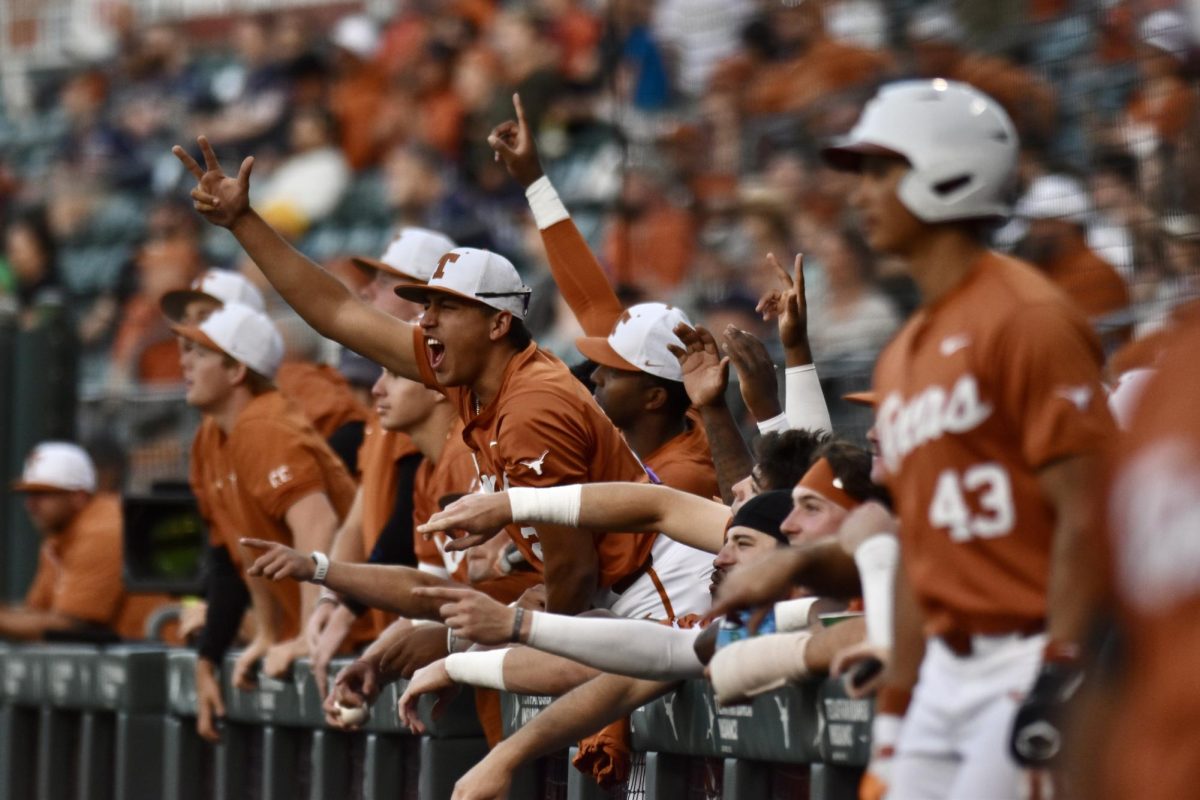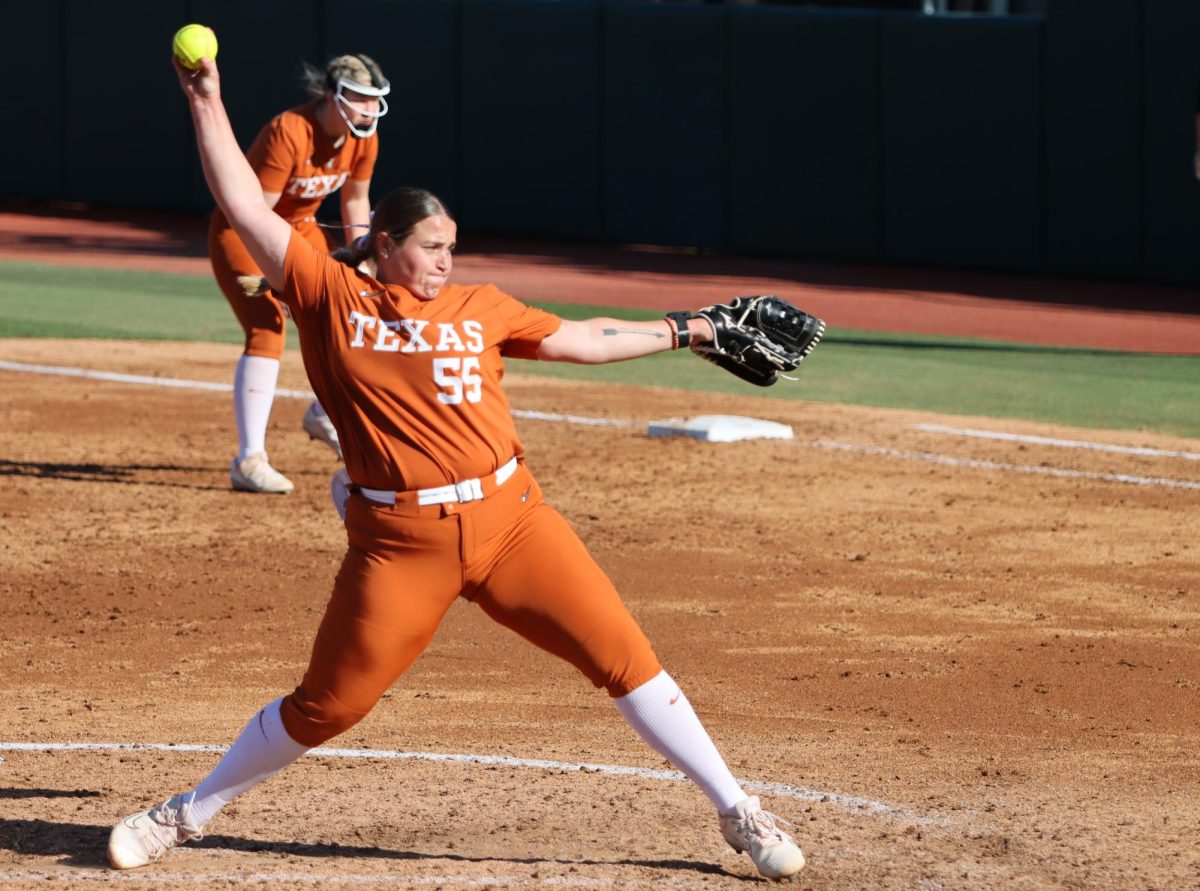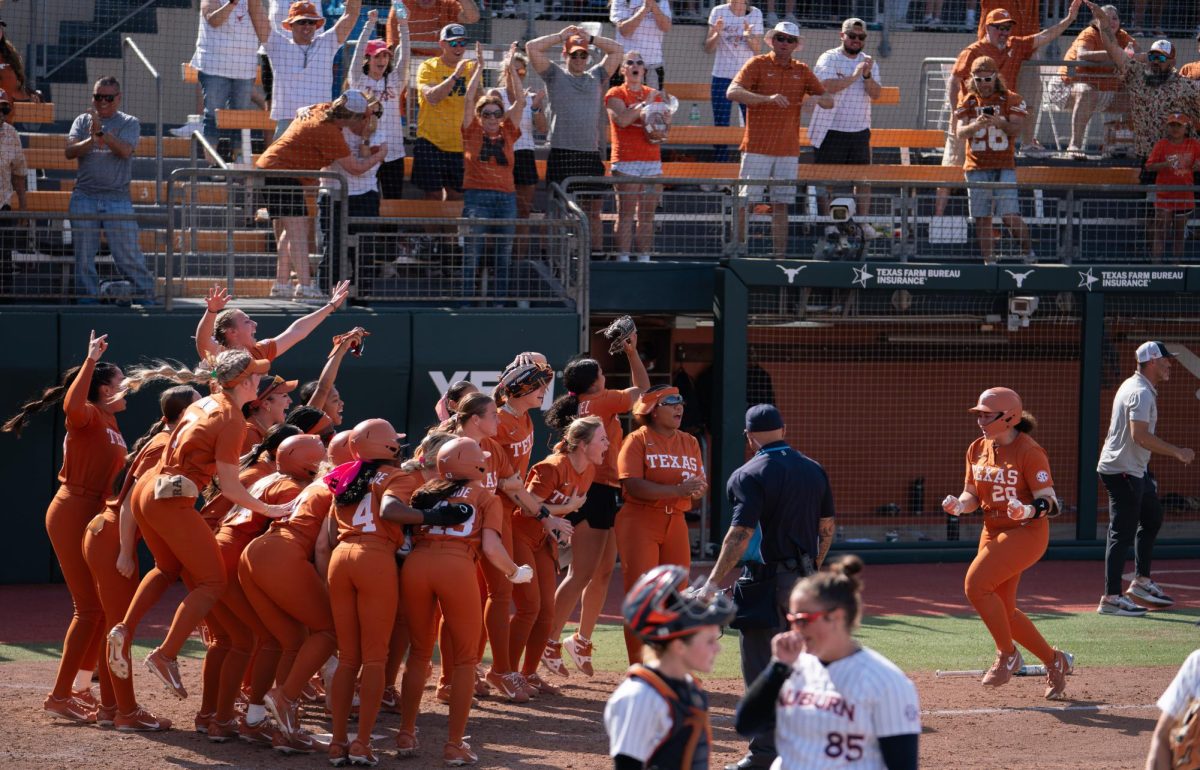Maybe it was the emotions of the moment. Maybe it was the way Texas’ surprise post season run transpired and abruptly ended. Perhaps it was a nod to all the hard work the 2014 Texas baseball team put in to clean up its mess of a 2013 season. Or perhaps head coach Augie Garrido was on to something.
At any rate, following Texas’ heartbreaking loss to eventual champion Vanderbilt at the College World Series, Garrido proclaimed the 2014 Longhorns to be his best team since 2005.
“This group is the best team since 2005 at the University of Texas, in my opinion,” Garrido said at
the time.
This is tremendous praise coming from the winningest coach in any sport in NCAA history, but is it true? The other time Texas came close to winning it all since 2005 was 2009, when it fell to LSU in three games in the championship series.
No matter how you look at it, the 2009 team was just as good as this year’s.
In both seasons, the teams went 8-3 in the NCAA Tournament and fell to the eventual champion from the SEC.
In 2009 the Longhorns went 17-9-1 in Big 12 play, good enough to claim the Big 12 regular season crown. The Longhorns also won the Big 12 Tournament, en route to a
50-16-1 season.
There were times over this past season that the Longhorns looked poised to surpass or equal their 2009 counterparts. Texas entered a mid-April series against TCU sitting at 30-8, one game better than 2009 Texas’ record through
38 games.
But Texas was swept by TCU and fell the next two weekends, dropping two of three against Oklahoma State and West Virginia. The Longhorns didn’t win the conference tourney this year and finished 46-21.
Advantage: 2009
To really understand which squad was better, each team’s statistics must be considered. But, it must be noted how the new BBCOR bats changed the college game in 2011, so a direct comparison isn’t quite accurate.
And when you take the new equipment into account, the numbers are shocking. The 2009 Longhorns batted .288 as a team while 2014’s Longhorns only hit .263. However when comparing each team to how other teams did in their respective year, the 2014 team ranks 186th to
2009’s 206.
In terms of runs scored per game, in 2009 the Longhorns scored six runs per contest while only averaging 4.5 runs per game in 2014. However, Texas finished dead last in scoring in the conference in 2009 and 217th overall that season, while in 2014 Texas ranked next to last in the Big 12 and 214th overall.
Advantage: 2014
Finally, we must compare how the pitching staffs performed in their respective seasons.
In 2009 Texas’ team ERA was 2.95, good for second nationally, right behind Arizona State. This year’s team posted a 2.25 ERA, fourth best in the nation. But looking at ERA statistics from this year it is apparent that a lot of teams had really low ERAs with 131 teams posting ERAs below 4.00, while only eight teams accomplished that task in 2009. So while the 2014 staff’s ERA was better statistically, the 2009 staff’s sub 3.00 ERA was more impressive.
But the true deciding factor is WHIP, a category in which the 2014 Longhorns finished 18th in the country at 1.18. The 2009 Longhorns allowed the fewest hits per nine innings of any team in the country and their cumulative WHIP was 1.14, which would’ve tied it for 12th this season. All this came when the bats were more potent and teams were hitting for a higher average, so the task of retiring batters was harder in 2009.
Advantage: 2009
You can make the case for either team being the best since 2005, given how statistically comparable the teams were. It appears that when rated against their peers, the 2009 team had the more dominant pitching and the 2014 squad was slightly better at hitting. Regardless of which team was actually better, both have firmly cemented their place in the memories of the Burnt Orange faithful.





















